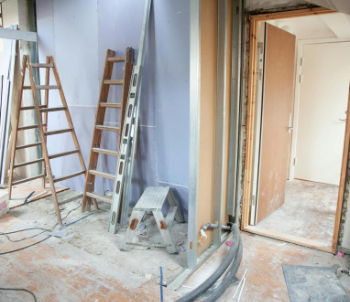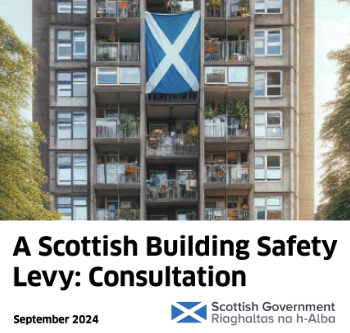Run-off cover for professional indemnity insurance
Professional indemnity insurance (PII), sometimes known as errors and omissions insurance (E&O), provides insurance cover against claims of negligence. It is widely used where professional services are being provided to a developer or contractor, and will provide insurance up to a specified insured sum where negligence is proven to have been committed on the part of the service provider.
Professional indemnity insurance is generally provided on a 'claims-made' basis, meaning that insurance must be held when the claim is made, rather than when the incident occurred.
Run-off cover is a form of professional indemnity insurance that applies when a business, or individual stops operating in a particular field. This might be because the business has been sold, it has changed direction, it has gone into administration, an individual has retired, and so on.
The fact that at form of practice has comes to an end, does not necessarily mean that the possibility of claims has come to an end. Claims can arise for years after projects have been completed, and it is important that practitioners maintain PII for as long as such a risk exists. Run-off cover provides continuing indemnity to cover costs that are associated with a claim.
As the likelihood of a claim reduces as time progresses, so the cost of a run-off policy generally reduces year on year, although, some insurers offer run-off policies payable with a one-off premium as this can reduce the uncertainty of ongoing payments.
The nature of the work that has been undertaken will be an important factor in determining the length of time before a claim is likely to arise. From the date a problem occurs, the statute of limitations holds that a business or individual can be sued for up to six years. Therefore, a minimum of six years run-off cover is generally recommended, although businesses sometimes opt for a shorter period as they may judge that claims are likely to be made earlier rather than later.
NB Insurance Policyholder Taxation Manual, published by HM Revenue & Customs on 19 March 2016, defines run-off as: ‘the continuing liability of an insurers in respect of a block of past business, for example where a reinsurance contract has been terminated but a liability remains in respect of risks or cessions accepted during the period of the agreement, or where an insurer has ceased to accept new business but has not settled all outstanding claims arising on old business.’
[edit] Related articles on Designing Buildings
Featured articles and news
Considerate Constructors Scheme acquires Building A Safer Future
Acquisition defines a new era for safety in construction.
AT Awards evening 2024; the winners and finalists
Recognising professionals with outstanding achievements.
Reactions to the Autumn Budget announcement
And key elements of the quoted budget to rebuild Britain.
Chancellor of the Exchequer delivers Budget
Repairing, fixing, rebuilding, protecting and strengthening.
Expectation management in building design
Interest, management, occupant satisfaction and the performance gap.
Connecting conservation research and practice with IHBC
State of the art heritage research & practice and guidance.
Innovative Silica Safety Toolkit
Receives funding boost in memory of construction visionary.
Gentle density and the current context of planning changes
How should designers deliver it now as it appears in NPPF.
Sustainable Futures. Redefining Retrofit for Net Zero Living
More speakers confirmed for BSRIA Briefing 2024.
Making the most of urban land: Brownfield Passports
Policy paper in brief with industry responses welcomed.
The boundaries and networks of the Magonsæte.
London Build Fire and Security Expo
20-21 Nov and now with new Ambassador Programme..
The Scottish Building Safety Levy
Eight weeks of consultation closing on 18 November.
The grey, the brown and the golden rules of housing
shifting policies from the wild west of housing development.
Future proofing homes that are fit for purpose
Specification challenges and the role of plastic.
Thousands of new homes unlocked for brownfield sites
£68 million to 54 councils for neglected land into new homes.
























Comments
[edit] To make a comment about this article, or to suggest changes, click 'Add a comment' above. Separate your comments from any existing comments by inserting a horizontal line.